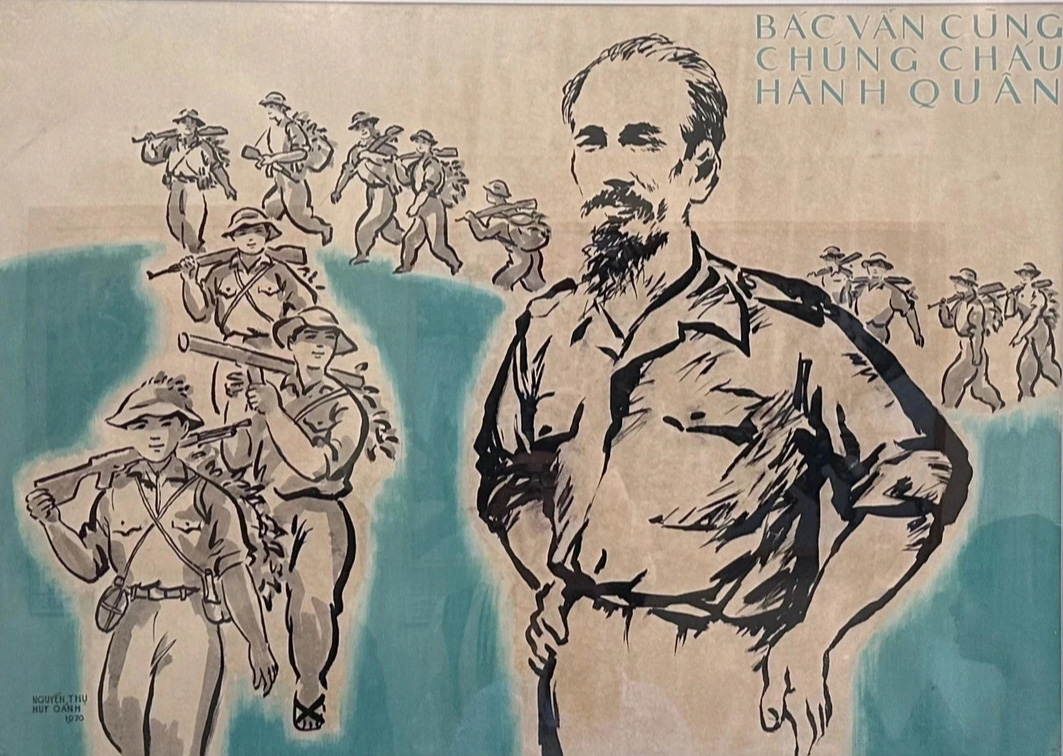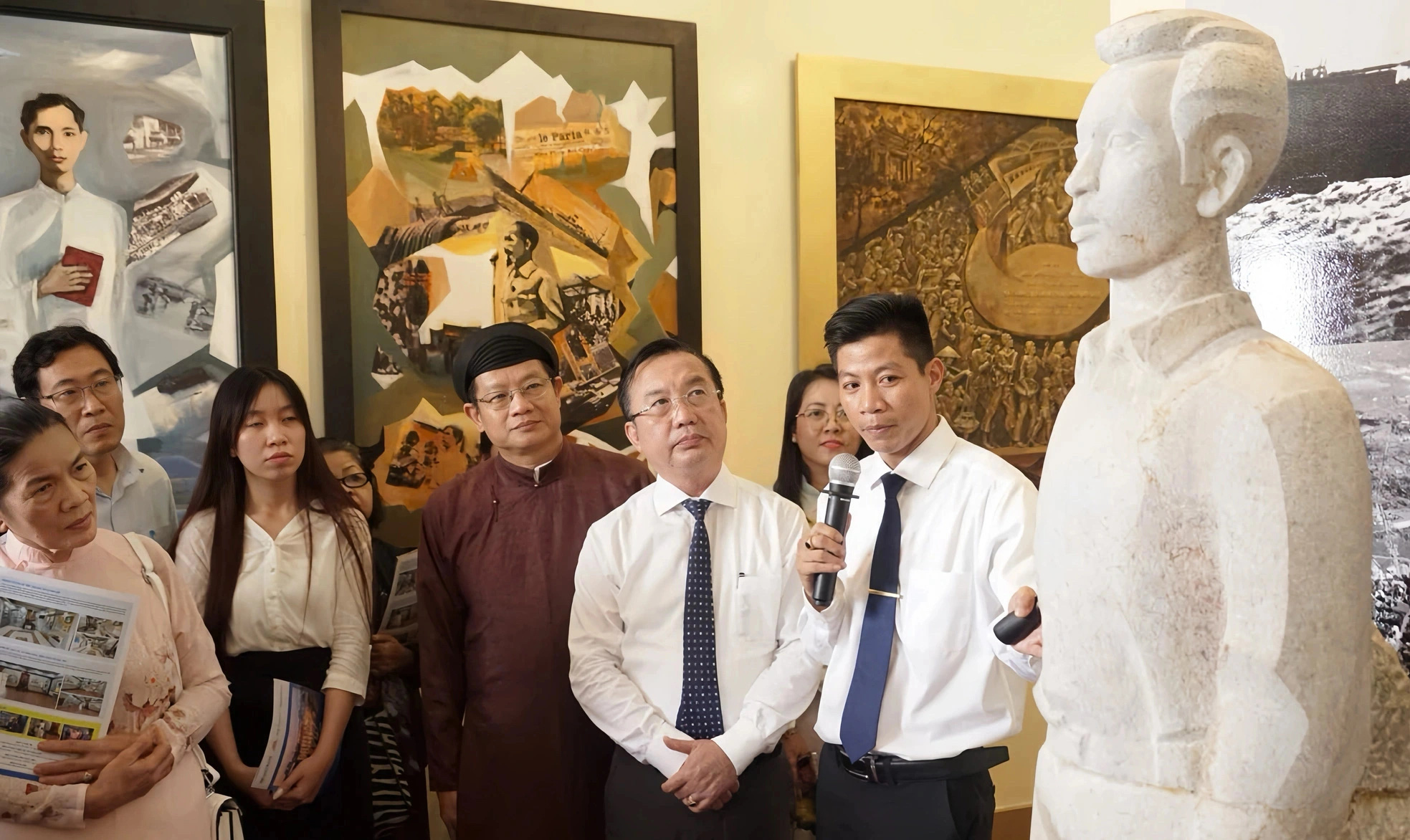Tran The Thuan, director of the Ho Chi Minh City Department of Culture and Sports, announced that a 1:1 scale restoration of the Latouche-Tréville, the merchant ship from which late President Ho Chi Minh departed Vietnam in 1911 to seek a path for national salvation, will be undertaken to attract visitors to the city’s branch of the Ho Chi Minh Museum.
Thuan made the announcement during the 45th anniversary celebration of the museum (1979-2024) on Friday, revealing that the restoration of the Latouche-Tréville is part of the first phase of a two-phase project approved by the Ho Chi Minh City People’s Committee to expand the museum’s operating space.
“In the near future, we will begin phase 1, which includes renovating the landscape and existing spaces, as well as restoring the kitchen where President Ho Chi Minh worked on the Latouche-Tréville at a 1:1 scale,” Thuan stated.
“Phase 2 will expand the museum toward Saigon Port, designing and enlarging the exhibition space, and we are preparing a dossier to request national historical relic status for the Ho Chi Minh City branch of the Ho Chi Minh Museum.”
On June 5, 1911, the young Nguyen Tat Thanh, who later became President Ho Chi Minh, boarded the French ship Latouche-Tréville, using the name Van Ba, and left Vietnam to seek a way to save the country.
During his 30-year journey, he identified a path to national liberation, leading Vietnam to become an independent, free, and unified nation moving toward socialism.
He chose Ho Chi Minh City, then known as Saigon, as his departure point because it served as the gateway to the southern Vietnamese region and hosted numerous large shipping companies operating the France-Indochina route, enabling him to reach France, the colonial power imposing rule over Vietnam and Indochina.
|
|
| Delegates watch a sculpture on display at the Ho Chi Minh City branch of the Ho Chi Minh Museum, October 11, 2024. Photo: Le Duy / Tuoi Tre |
In 1925, he founded what is now the Communist Party of Vietnam.
It was not until 1942 that he adopted the name Ho Chi Minh.
Under this name, on September 2, 1945, at Ba Dinh Square in Hanoi, he read the Declaration of Independence, which established the Democratic Republic of Vietnam.
He also called for free general elections across the country to elect the National Assembly and adopt Vietnam's first democratic Constitution.
In 1946, the newly elected National Assembly appointed Ho Chi Minh as the president of the Democratic Republic of Vietnam.
He passed away in 1969.
Following Friday’s anniversary ceremony, the Ho Chi Minh Museum in Ho Chi Minh City opened an exhibition showcasing 39 unique artifacts, including 17 from the local branch.
The exhibition features various materials, such as telephone wire, rice, plastic, leather, sand, hair, stainless steel, granite, and precious stones, representing significant events in President Ho Chi Minh’s life.
Over its 45-year journey, the Ho Chi Minh City branch of the museum has continuously diversified its activities to preserve and promote the heritage values of President Ho Chi Minh, becoming a center for revolutionary education and a welcoming meeting place for visitors and international tourists, attracting millions each year.
Like us on Facebook or follow us on X to get the latest news about Vietnam!




















































